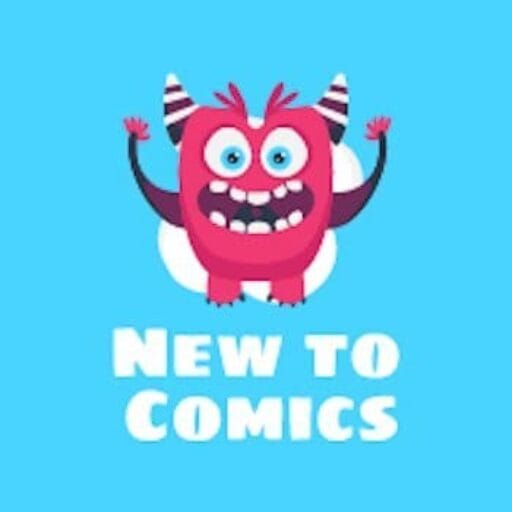***Contains Spoilers***
Joker’s Last Laugh is a high-stakes, chaotic DC event centered around the Clown Prince of Crime at his most dangerous. Believing he’s terminally ill, the Joker sets out on one final, destructive rampage. His plan? To Jokerize the entire world by turning other villains into warped versions of himself. As Gotham and beyond descend into madness, Nightwing, Batman, and the rest of the Bat-family are left to clean up the mess—with some devastating consequences. It’s a story that mixes grand-scale action with some personal, haunting moments, making it a good, if not perfect, Joker tale.
What I enjoyed most about this story was the inventive concept of Jokerizing other villains. Seeing familiar rogues like Lex Luthor and Gorilla Grodd twisted into manic, Joker-esque versions of themselves added a fresh dynamic to the plot. It was chaotic in the best way and pushed the heroes to adapt to an unfamiliar type of threat. The implications for the wider DC Universe were also compelling—Joker’s madness was no longer confined to Gotham but had a ripple effect on the entire superhero world.
One of the most impactful elements of the story, though, was Nightwing’s arc. The climactic moment where Nightwing kills the Joker is a turning point not just for him but for the Bat-family as a whole. The emotional fallout from that decision, the moral questions it raises, and how it affects Nightwing’s relationships all felt weighty and meaningful. Even though the Joker’s death is fleeting (as expected in comics), the consequences linger, giving the story some long-term resonance.

That said, there were aspects of the story that didn’t fully work for me. The pacing felt uneven at times—while the first few issues set up the chaos effectively, the middle act dragged, and the resolution felt rushed. The Joker’s motivation, while in character, lacked the depth or complexity of some of his other iconic tales. The “terminal illness” angle, in particular, felt more like a convenient plot device than a well-developed idea. Additionally, while the concept of Jokerizing villains was fun, it sometimes overshadowed the emotional beats of the story. The quieter, more introspective moments—particularly involving Nightwing—could have benefitted from more focus.
In conclusion, Joker’s Last Laugh is a solid story that manages to balance absurdity and emotional impact. It’s not the Joker’s best outing, but it’s a creative and entertaining take on the character that stands out for its unique premise and the significant fallout for Nightwing. While it’s not a story I’d wholeheartedly recommend to every DC fan, it’s one I’ll likely revisit for its standout moments. For that reason, I’d give it 3 stars: I liked it, and it’s something I plan to reread.
Feature Image Joker: Last Laugh #3 cover art by Nathan Eyring, Brian Bolland, Comicraft, Klaus Janson, and Scott McDaniel
Keep NewToComics.com running with a donation or shopping with through our affiliates—your support helps maintain the site and continue guiding new readers into the world of comics!


